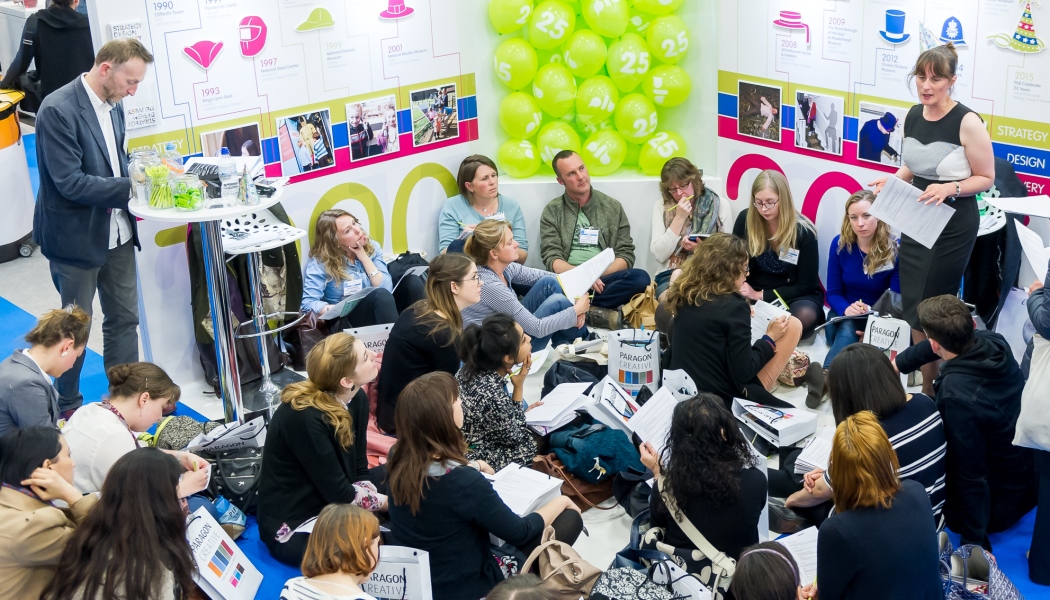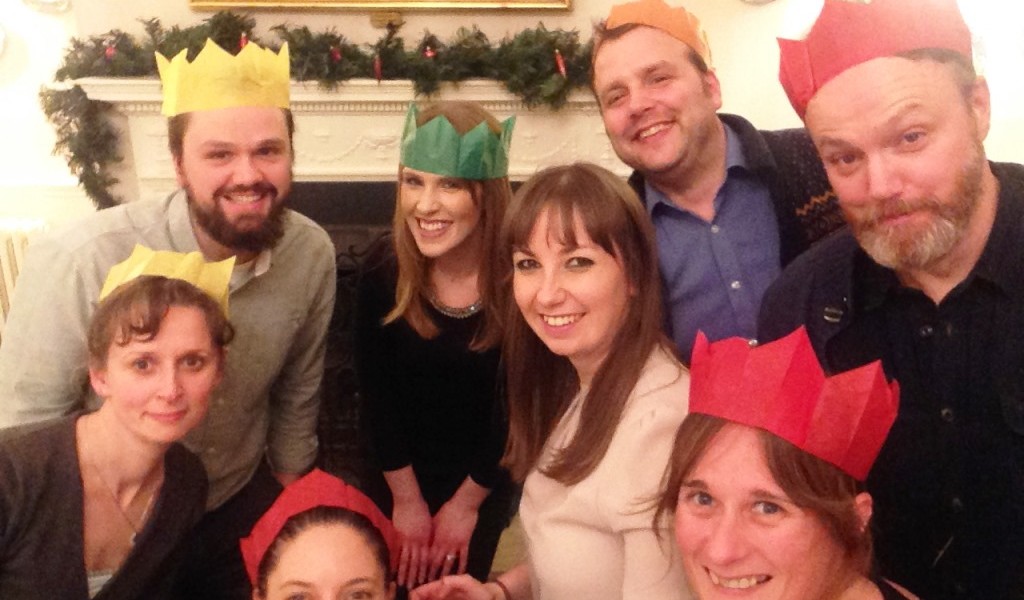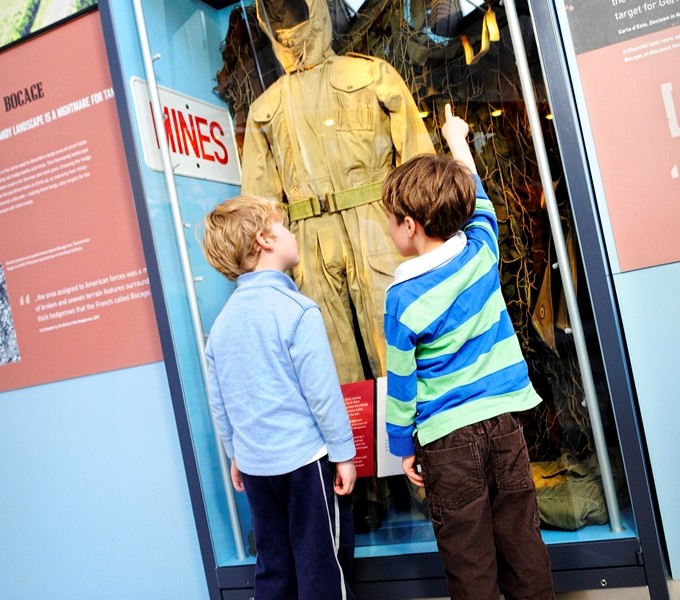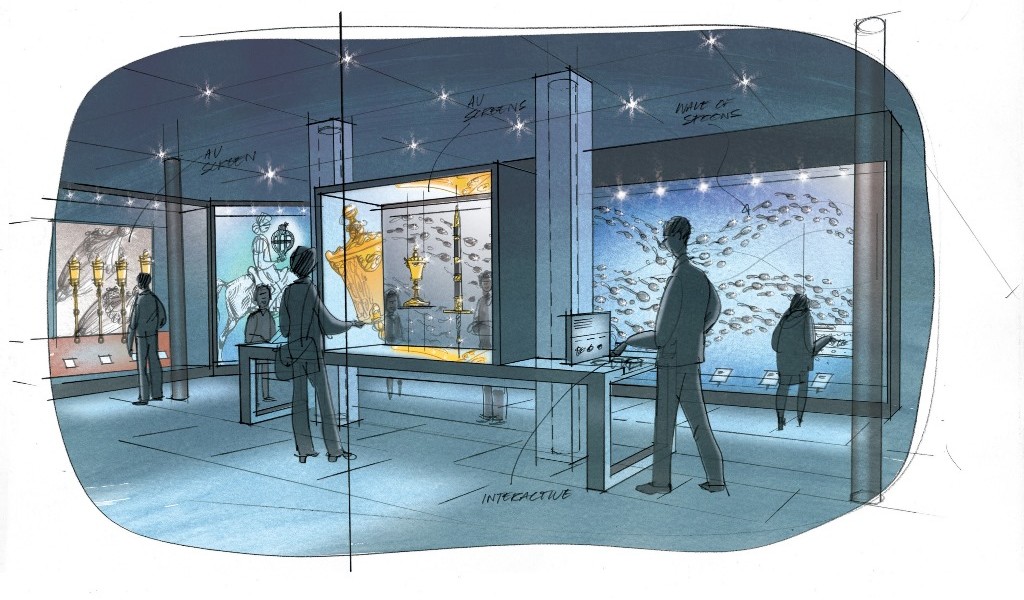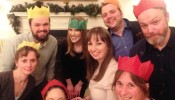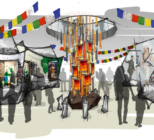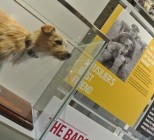How does PLB today compare to PLB in 1990?
On the one hand we’ve changed massively, and yet on the other hand, we are still very much the same approachable, creative company we began as. Since 1990 the sector has changed so much and PLB has expanded its services to reflect that. We cover strategy, design and delivery (including on site), with everything from masterplanning, to audience development and interpretive design to artwork and branding. And the scale of projects we can tackle has changed too with £1milliion plus design and delivery projects now.
When Carolyn Lloyd Brown and David Patrick started out PLB was to offer design services to medium and small sized museums. They had worked together as part of the team on the Jorvik Centre and then created PLB. One of PLB’s first projects was Clifford’s Tower in York and some of the interpretation is still there (though now after 25 years it’s about to be refurbished). We also worked on King’s Lynn Old Gaol in the early years and are now working on its redevelopment as the The Stories of Lynn, which opens in the springtime – so we are looking at it with fresh eyes and a different team.
What was the company’s philosophy when it was established and has that changed over the years?
There are a lot of things that have stayed the same – being an approachable company, responding to clients’ needs, being honest and being very direct with our clients and we always have that drive to deliver quality creative solutions.
When Jamie [McCall, Creative Director] and I took over PLB in 2009 we introduced a focus on sustainability within exhibition design, which was quite innovative in the sector. We feel PLB has taken a lead in that and in some ways it’s becoming the norm, as clients will ask how sustainable a project is, what material will be used and the longstanding cost of running media such as AV. I like to think we had an influence in that by pushing our sustainable design approach and sponsoring the Museums + Heritage Award for Sustainability.
For us, we all love it so much we want to share and give back. That’s why we work with the M+H Show and MA Conference. We have also been involved in the Association for Heritage Interpretation networking group for interpretation professionals. We often take placements from universities and encourage those interested in the sector to get hands-on experience.
How many projects in the museum and heritage sector have you worked on in the past 25 years and what have been the most memorable?
PLB has now completed upwards of a thousand projects. For me personally the most memorable was the Tank Museum in Bovington. That was my first very large project of £1.4m, working right from the beginning of the HLF bid to the opening by the Queen. And working to interpret such an iconic figure as Charles Dickens, for the redevelopment of the Charles Dickens Museum in London, was pretty special too. But some of the smaller projects we are working on can be just as rewarding. We get to see the difference it makes to the people, often volunteers, and the museum or heritage site, and to their communities. We pass on our skills and experience and we also get a lot back from them – we get to share their passion, which is inspiring.
What skills and expertise does the company pride itself on and what makes it distinct from the competition?
We have a strong background of interpretive planning and that means we make sure the design tells a story and has a relevance for visitors. We have such a breadth of project experience, 25 years’ worth, and so many things we’ve seen that we can draw on those examples for our clients.
The benefit of our design, strategy and delivery is we understand how to engage audiences and have the knowledge to find out what they want and then feed that back into the design.
We have adapted, learnt new skills and worked collaboratively with clients to see what’s sustainable. Part of the service we offer is mentoring and training alongside support with funding bids, especially Heritage Lottery Funding. We have a very strong record for securing funding for our clients through the range of our services as we can provide a holistic perspective which includes activity planning, interpretive design and the needs of the application process.
What does the future hold for the company?
We have six openings in the springtime of 2016 – in York, Carlisle, Warwickshire, Barnsley, King’s Lynn, and Rutland, so next year will be a busy one. We also have a big project coming up with the Royal Electrical and Mechanical Engineers Museum at the end of 2016. The Ministry of Defence is redeveloping the museum and it is being relocated to from Arborfield in Berkshire to Lyneham in Wiltshire. This will be a new fit out, new interpretation and new design. It is an exciting project to be part of and our largest project of 2016. We are also really looking forward to restarting projects that have secured funding and working with those clients again to fulfil their dreams for their sites.
Main Image
PLB’s Projects Director Sarah Oswald leads a popular masterclass at the 2015 Museums + Heritage Show

